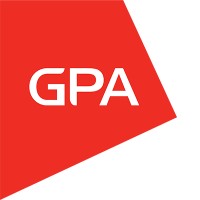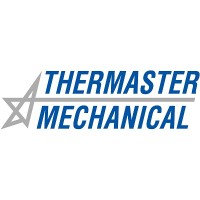
GPA Engineering
In operation since 1987 and with offices in Adelaide, Brisbane, Perth, Melbourne and Darwin, GPA provides professional engineering services to; • Oil & Gas – Field Development, Pipeline, Processing & Distribution • Mining / Minerals Processing • Water and Waste Water Treatment, Handling and Distribution • Power Generation, Distribution and Renewable • Defence In the key areas of; • Feasibility and Concept Engineering • Engineering Design: Mechanical, Electrical, Civil/Structural, Chemical/Process • SCADA and Control System Integration • Safety and Risk Engineering • Project and Construction Management






